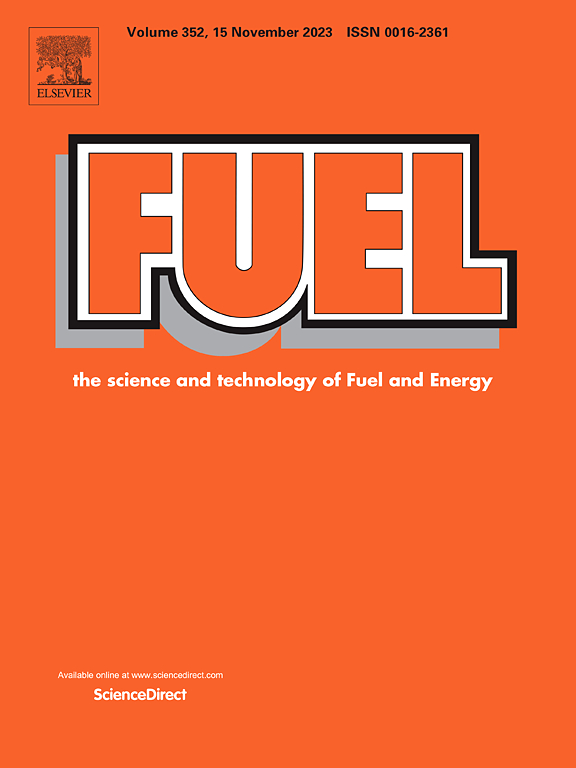Virtual flow metering using stacking ensemble techniques and nonlinear system identification
IF 6.7
1区 工程技术
Q2 ENERGY & FUELS
引用次数: 0
Abstract
In petroleum production systems, data-driven virtual flow meters (VFMs) offer a viable option to physical hardware or first-principle models for predicting multiphase flow rates. Although the existing literature examines various techniques, it overlooks multi-model strategies and system identification methods. This study addresses these gaps in research by employing stacked generalization models and black-box system identification to improve production rate predictions. Stacked ensembles that combine prefitted estimators surpassed all other advanced machine learning algorithms evaluated, outperforming the best non-linear models by 5 % to 37 % and the top ensemble approaches by 1.3 % to 4.5 % in terms of root mean squared error (RMSE). System identification emerged as an effective method for evaluating optimal lags and temporal dependencies, while stacking ensembles improved well-rate prediction by merging different base learners, which can perform better for different instances of data. Additionally, free simulation runs predict long-term historical production based only on initial conditions. The strategy proposed in this study increases the reliability of VFM models by stacking various base learners and optimizing the model order, presenting a novel approach for the design of data-driven VFM estimators.
求助全文
约1分钟内获得全文
求助全文
来源期刊

Fuel
工程技术-工程:化工
CiteScore
12.80
自引率
20.30%
发文量
3506
审稿时长
64 days
期刊介绍:
The exploration of energy sources remains a critical matter of study. For the past nine decades, fuel has consistently held the forefront in primary research efforts within the field of energy science. This area of investigation encompasses a wide range of subjects, with a particular emphasis on emerging concerns like environmental factors and pollution.
 求助内容:
求助内容: 应助结果提醒方式:
应助结果提醒方式:


